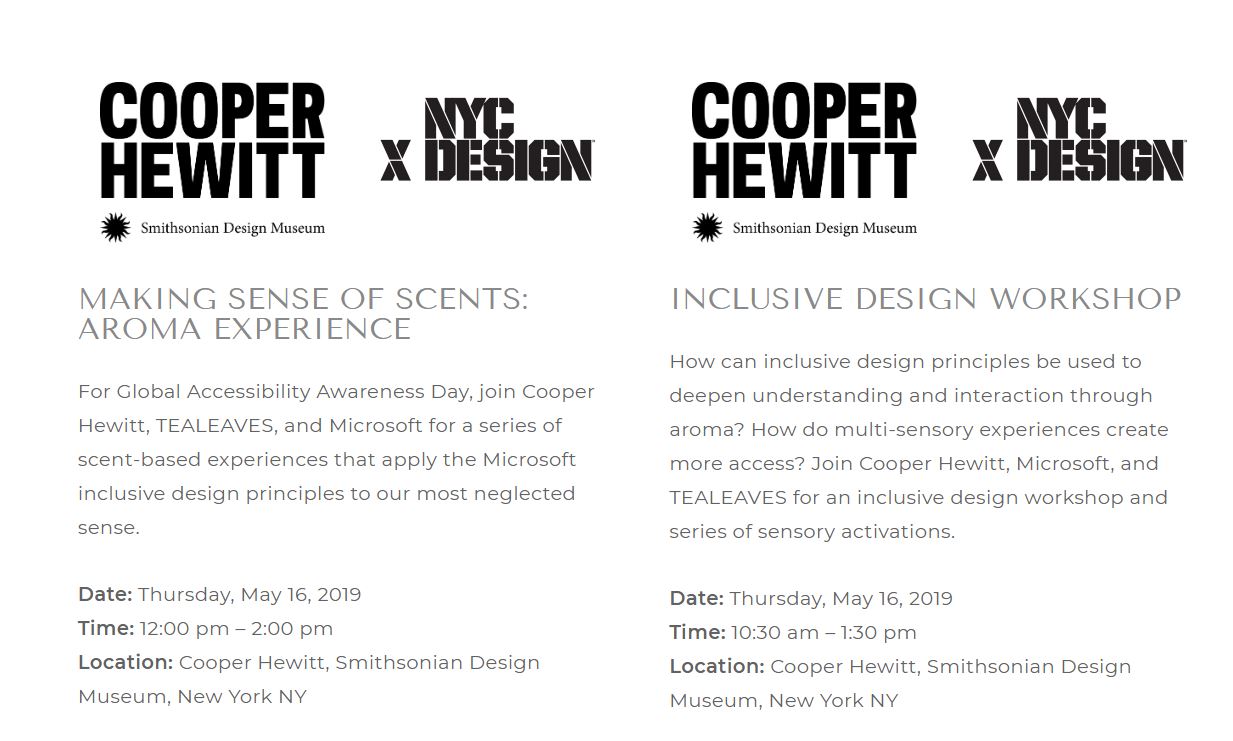I found myself trying to get 61 seconds out of every minute. I was managing life, as opposed to living it. Because I was driven by passion to create positive change and a desire to learn, as opposed to an unhealthy work environment, I didn’t see that I became a hostage to external demands. Like a device that’s run out of battery and needs to be charged, I needed to figure out how to replenish my batteries. Since stress has a direct connection to health and well-being, interventions needed to be explored for ease of mind.
I spent time learning about the history of the words “worker” and “leisure” and had my spiritual Sherpa walk me through how to be present. I also spent time exploring every “self-care” routine, regime, app I could find while reading ancient Greek philosophy about fulfillment to act as journal prompts.
Read about the four things I learned in Arianna Huffington’s Thrive Global.



